QuestionQUESTION: I have two green anoles (female and male). They live in a 29 gallon tank. I have a outdoor screen terrarium they go outside in when the weather is good. I use a reptile carpet on the bottom of both. Temps are 80-90 degrees depending on time of day. Humidity is kept between 50 and 70. I use both a thermometer and humidity gauge. My UVB light is 5.0 coil bulb. It is kept at a good distance to keep them from being too close to it. I feed them phoenix worms mostly , sometimes crickets to add a bit of variety. I feed them everyday around 10am. I also give them a little peach baby food as a treat a couple times a week. I give them water by using a dripper to drip water into their water bowl. They are both eating normally and defecating normally. My male was bought from petmart and my female came from outside of my house. No other species live with them. I did take my female to the vet once when she wasn't eating. She developed metabolic bone disease when I first had her, but has problems with her calcium levels when she is laying eggs. I got her a liquid calcium supplement from the vet.
My female has been laying eggs in a small house plant that I got and they look good. I see movement and veins when I candle them. All of the information I have read on the internet is confusing me a bit. So I thought I would come here to get a solid answer.
1. How long does it take for anole eggs to hatch?
2. When they hatch, when should I feed them?
3. Is it ok to touch a newly hatchling?
4. Is there anything special I need for a hatchling? (I have tiny pheonix worms and peach baby food ready for them.)
5. Is there a way of knowing when an egg is about to hatch? (I have noticed the eggs increasing in size)
I hope I gave all of the right information for you. Thanks!
ANSWER: Taking this one item at a time, from the top:
Get rid of the UVB coil lamp and do not use those or the compact versions. They are ineffective to useless at best, and dangerous at worst. Hopefully you have kept it far enough away that it has done them no damage, but unfortunately probably is giving no benefits. If you want to know why see reptileuv.info or uvguide.co.uk and look up photokerato-conjunctivitis. Get either quality mercury vapor spot/flood, such as a Mega Ray, or a linear tube lamp and place within recommended distance.
You need more variety in the diet than phoenix worms, occasional crickets and baby food. You can find more ideas by web searching, and I recommend anapsid.org. In addition, daily feeding is not always necessary and may cause impaction. Feed only as long as they are defecating daily and you can confirm this in both. Overfeeding and supplementing is a common mistake.
I would advise a mister system or water fall, or at the least, small plants with leaves which can be sprayed. Anoles, like most tropical and near tropical lizards, often prefer to go after droplets on plants and other surfaces.
I would advise caution with liquid calcium supplements. Most people overuse supplements, and doing so can lead to hypercalcemia, which can be deadly.
Baby anoles will need their own space and I recommend paper towels or reptile carpet. They will be absorbing egg yolk for several days to a week. They eat when they are ready to eat, so just offer food consistently after they demonstrate a bowel movement or interest in hunting. I recommend flightless fruit flies until they can take pinhead crickets. I don't recommend touching unless necessary. They are too small and fragile for handling. Eggs may sometimes slightly depress before hatching. Most of the rest can be answered on the site below or one of the others mentioned.
http://nationalzoo.si.edu/Animals/ReptilesAmphibians/Facts/FactSheets/Anole.cfm
---------- FOLLOW-UP ----------
QUESTION: About the bulbs, I have tried the linear tub uvb before. My female got photokerato conjunctivitis from it and I stopped using it and got another coil compact and they have both been doing great since. My vet told me it is ok as long as I keep it at a safe distance and replace it every 6 months. Why did the tube bulb not work out? I am a bit confused now...
AnswerI have never seen a reported case of eye irritation from linear tubes if they were mounted the proper distance to begin with, and the tube was undamaged. The compacts and coil type are unsafe. Those are reported facts because of the very way they have to be manufactured. Because they have reduced surface area to radiate directly to the subject, manufacturers cut short protective coatings inside the lamp in order to increase radiated energy to make up for the inefficient design. If you want to follow the advice of a vet who probably knows very little about the subject though, then that is your choice. I appreciate that you sought a vet, but they are not always as knowledgeable as they make out to be. The two websites I listed go into great detail about it.

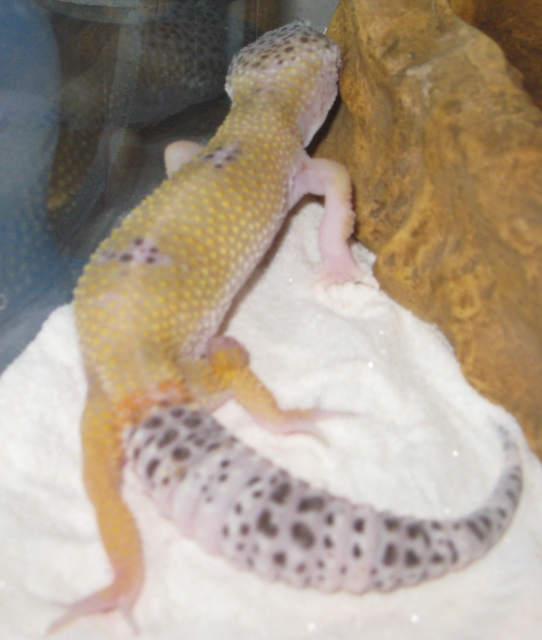 Leopard Gecko Bump On Knee?
QuestionEinstein
QUESTION: Hi there...we just br
Leopard Gecko Bump On Knee?
QuestionEinstein
QUESTION: Hi there...we just br
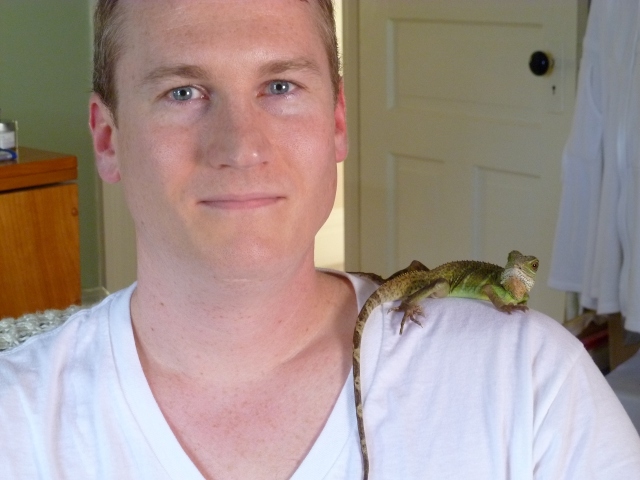 follow up on our water dragon, Jackie
QuestionQUESTION: Hello Tracie.I contacted you awhile a
follow up on our water dragon, Jackie
QuestionQUESTION: Hello Tracie.I contacted you awhile a
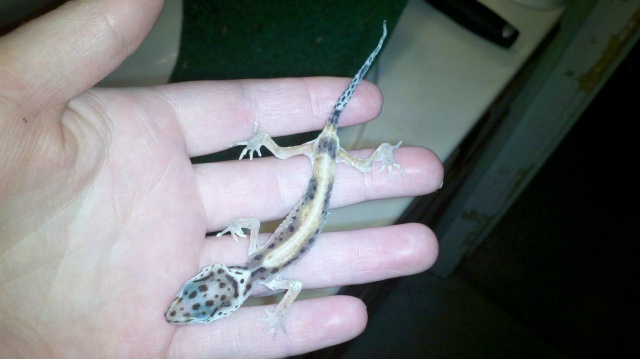 leo weight loss...
Question
Slinkz
My friend has a leopard gecko roughly 3
leo weight loss...
Question
Slinkz
My friend has a leopard gecko roughly 3
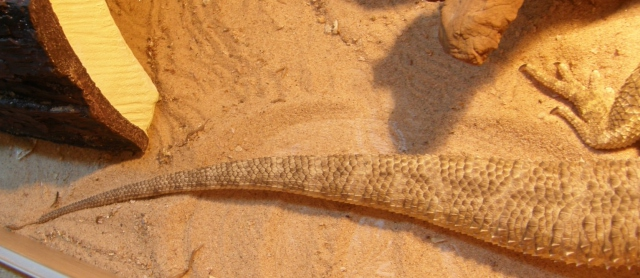 Off balance beardie?
QuestionQUESTION: So im quite worried at the moment, wi
Off balance beardie?
QuestionQUESTION: So im quite worried at the moment, wi
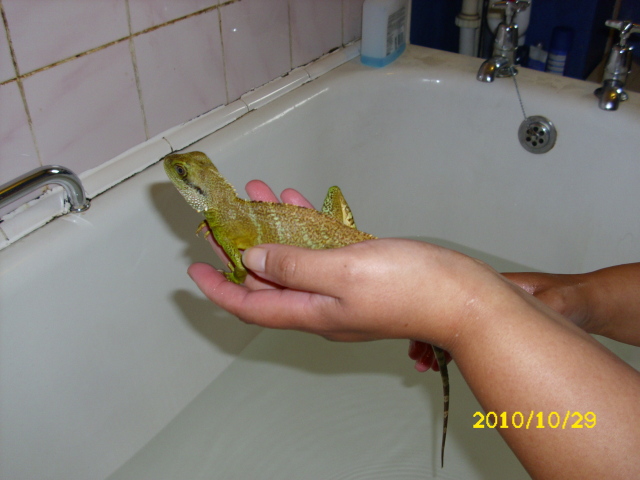 Re: water dragon
Question
Rex the water dragon
Hi Tracie,
My water drag
Re: water dragon
Question
Rex the water dragon
Hi Tracie,
My water drag